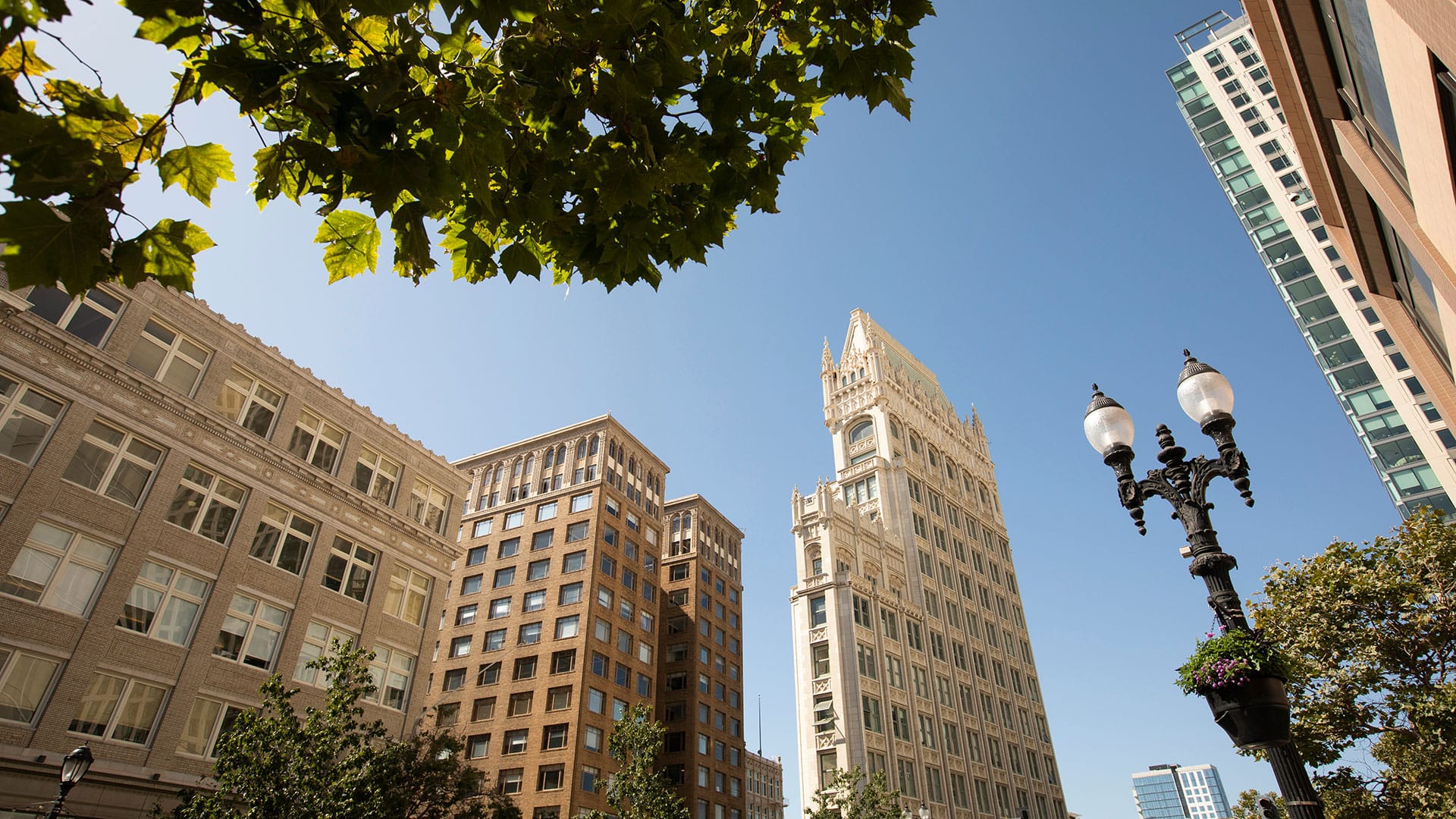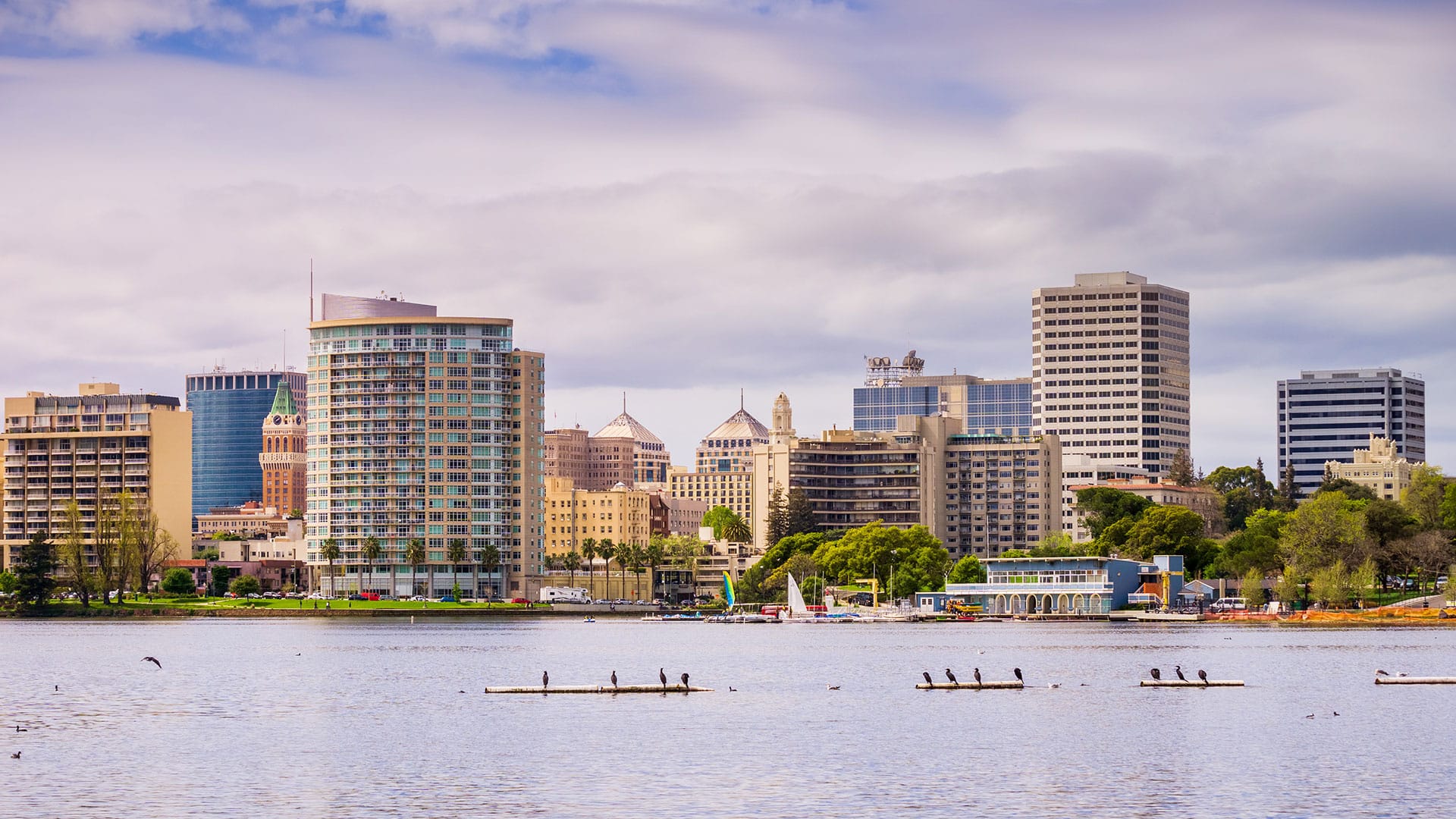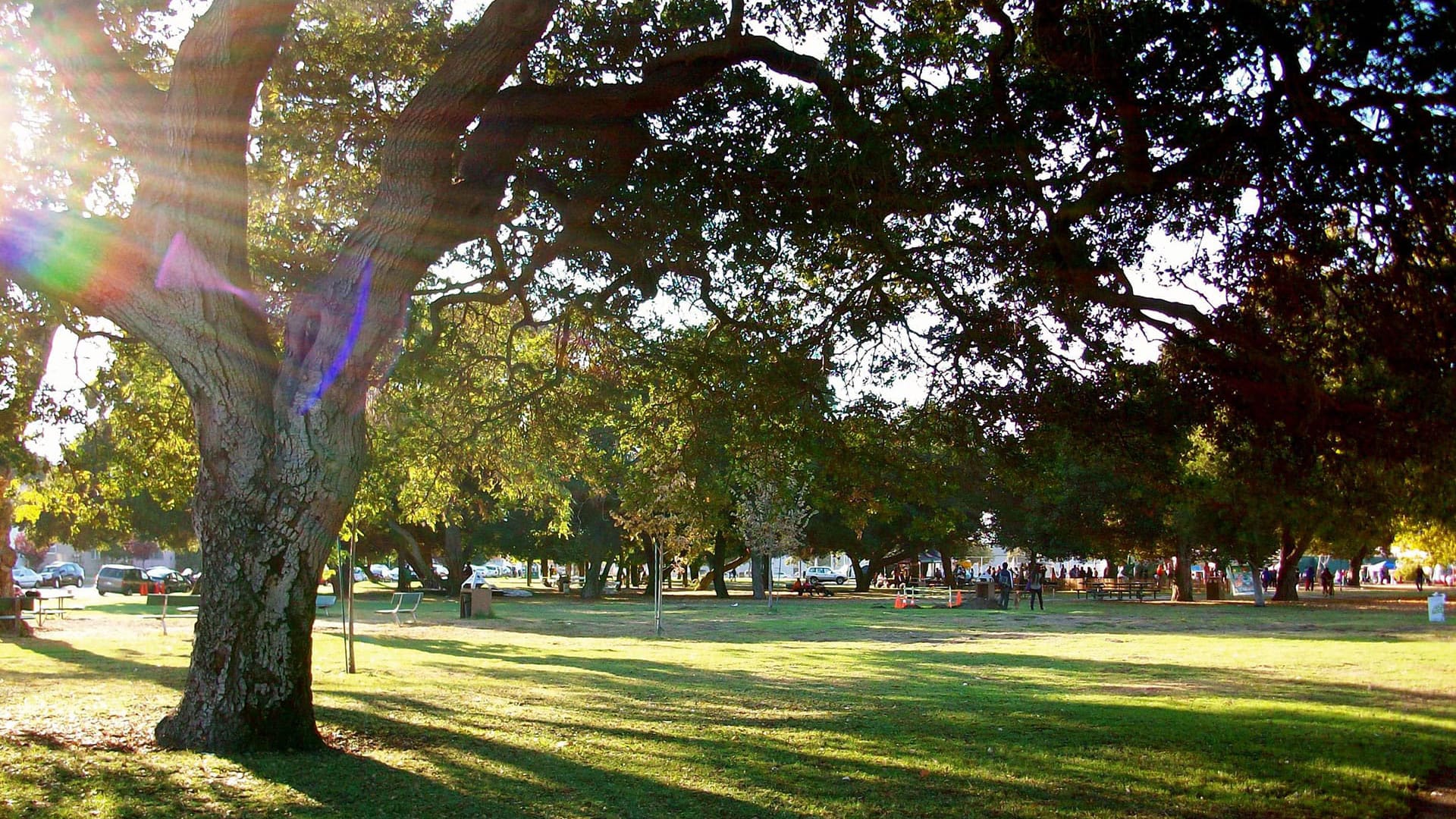
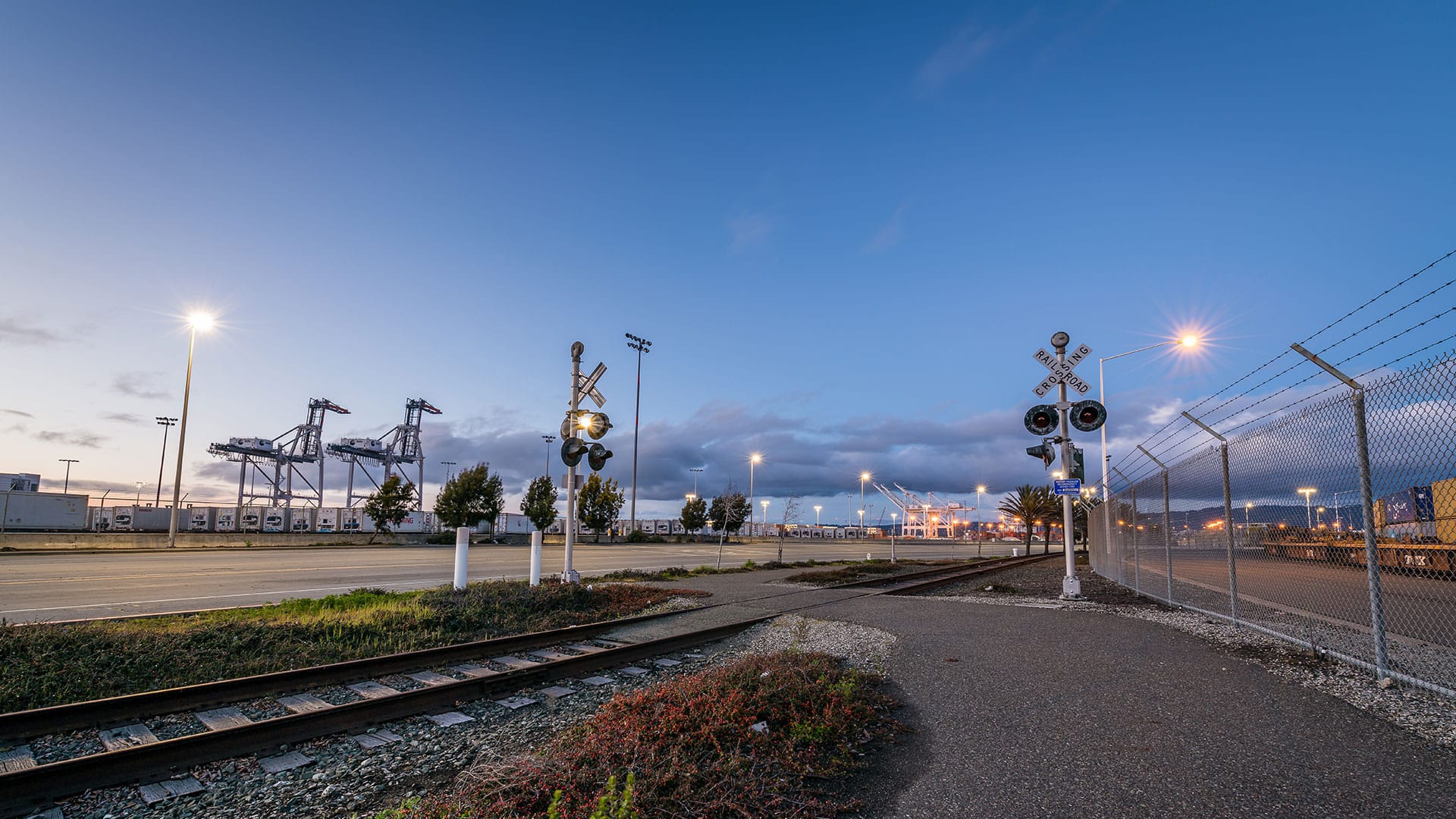
Clean Air and Just Environmental Policies
On a commute from West Oakland to Downtown, this is what I encounter:
Trucks flying down West Grand Avenue, and a haze in the air from the heavy industry in the area and the 980 freeway, which divides our district physically and symbolically. As a resident of West Oakland, I am no stranger to the fact that our neighborhood—and District 3 on the whole—has the highest level of toxic air pollution in our city. Poor air quality is a downstream indicator. It tells us that our status quo of underinvested vegetation and green spaces, heavily trafficked roads and freeways, and lack of clear environmental policies for our industries, is harming our health, and our district is long overdue for a clear approach to fix it.
To ensure District 3 residents have clean, healthy air to breathe, we need a cross-cutting, district-wide effort to improve our air quality by addressing numerous factors that harm our environment.
How we’ll get it done:
- Support alternative transportation modes like walking, bicycling and riding transit.
- Create resiliency hubs for at-risk residents during low-air quality events and high-heat days.
- Plant trees in public parks and along street sidewalks to reduce urban heat island effect and improve local air quality.
- Build dense housing at all income levels near high-quality transit hubs to reduce emissions from transportation.
- Coordinate with the Air Quality District to deliver grant-funded sustainability improvements and work with Caltrans to increase green buffers between at-risk communities and freeways that surround West Oakland neighborhoods.
- Coordinate with the Oakland Port Authority and maritime tenants to implement environmentally sustainable investments at the Oakland Port.
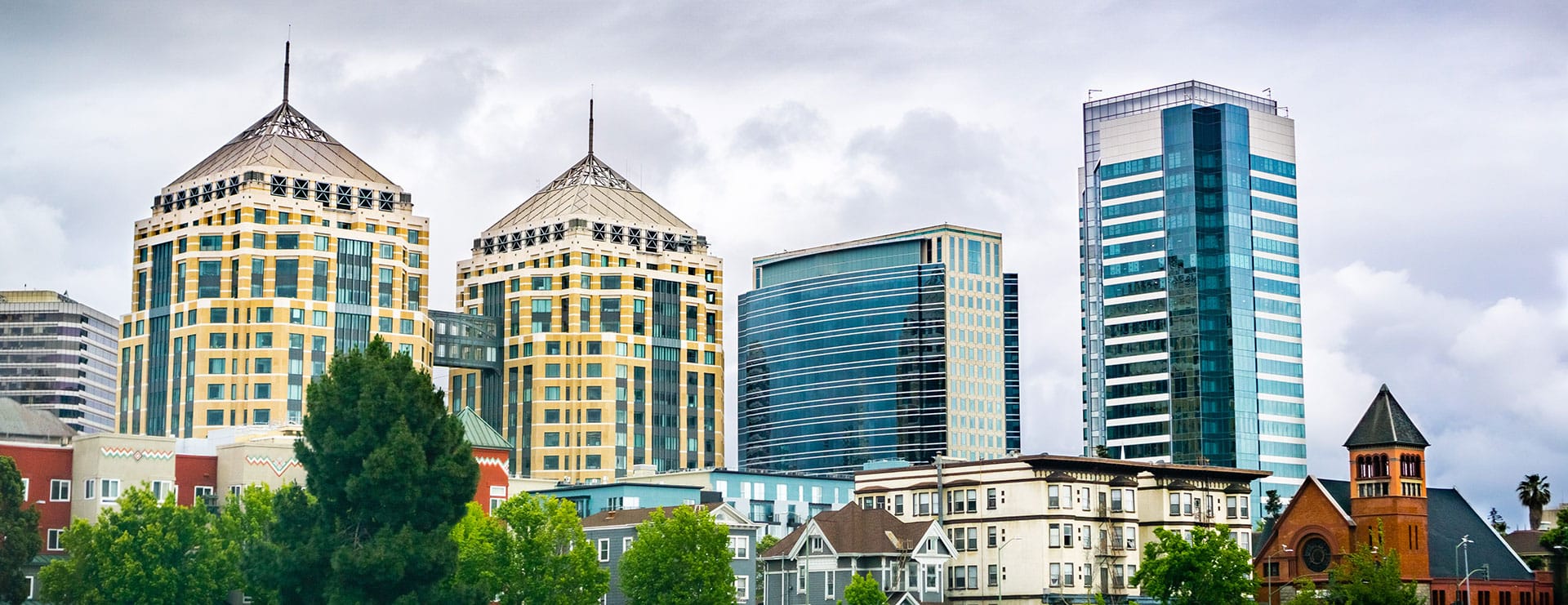
What does that look like?
We need to work collaboratively.
Let’s coordinate with Public Works to boost tree planting and greening across our neighborhoods. Let’s work with Caltrans to fund and build out green buffers between at-risk communities and the freeways that surround West Oakland neighborhoods to improve air quality and create a more pleasant connection to the rest of the city. We should collaborate with Oakland’s transportation agencies to reduce people’s auto dependency and add infrastructure to support safe, enjoyable walking and biking (see my policy framework for Safe & Sustainable Transportation). Let’s work collaboratively with local industrial leaders and the Port of Oakland to implement sustainability measures that will improve their operations and our quality of life. Finally, let’s engage the Bay Area Air Quality Management District to secure grant funding for district-wide sustainability measures.
My experience working within Oakland’s government solidified my understanding that you cannot solve complex issues—like air quality—with narrow solutions. As the former mayor’s Policy Director of Mobility and Inter-Governmental Relations, I know how to lead inter-agency strategies. While improving the air we breathe is a steep task, I am confident that working toward it will enable us to address so many other challenges–from housing to transportation–and will create a stronger and more resilient Oakland.
